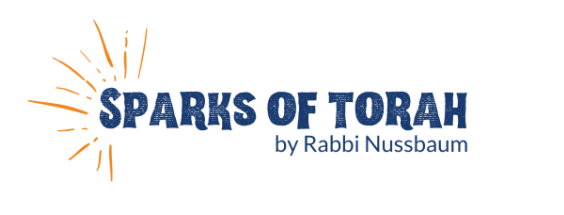VOLUME 104 NUMBER 8
Adar 10, 5783
March 3, 2023
PARSHAS TETZAVEH
Candlelighting Time 5:36 PM
After the Torah gave us a detailed explanation of the components of the Mishkan and the magnificent garments that they donned, the ceremonial procedure to install Ahron and his children as the Kohanim to service the Jewish nation took place. Moshe temporarily filled the position as Kohen during this process and Ahron and his sons were the beneficiaries of the process. However, a distinction was made between Ahron and his children. He was instated as the Kohen Gadol, the primary Kohen and his children were ordained as secondary Kohanim. The Kohen Gadol was bedecked with more attire than his children and additionally his apparel was much more lavish than the others. Although it would seem that an inordinate amount of money was spent on the dress of the Kohen Gadol, it was all done with only one intent, to embellish and aggrandize the service performed in the Mishkan for the sake of glorifying the Name of Hashem.
Ahron was selected to be the Kohen Gadol as was mentioned. Did he deserve that recognition because he was the father and therefore the elder of the family? S’fas Emes notes this question and explains that Ahron was chosen because he was an individual that personified the characteristic of chesed, he was interested in helping others in their time of need. Certainly, such a person should be honored and admired, but does that make someone capable to play such a major role in the Mishkan, the repository of the Divine Presence? After all, one would think that proficiency in the service of offerings would be more of a prerequisite.
Perhaps we may suggest that the essence of the Mishkan was truly the generosity of the donors who gave their possessions for the construction of the Mishkan and to make the garments that were so instrumental in the operation of the Mishkan. One who gives away items of importance demonstrates an affinity for the objective for which he is involved. That strong relationship between us and Hashem was truly displayed with the outpouring of goodwill and benevolence when there was a need for funding the Mishkan.
Ramchal in his seminal work the Path of the Just cites the Zohar, a source of mystic maxims that who is considered a chosid, or pious individual, is one who performs acts of kindness with Hashem. Certainly, this statement requires a degree of elucidation. He enlightens us that the level of serving Hashem where only the obligatory nature of our observance is fulfilled lacks manifestation of true love for Hashem. However, when we are willing and actually attaining a rapport with Hashem clearly denoting that love by increasing our devotion and commitment beyond that which is mandatory and achieving goals that are discretionary, then we have arrived at a juncture which only the chosid, one who relates to Hashem with chesed, voluntary acts of kindness personifies.
Now we can clearly understand Ahron’s appointment as the Kohen Gadol, because he embodied that love for Hashem as we perceptibly realize in his ongoing show of care and compassion for others which is the fundamental basis of the Mishkan. And with that underlying theme, then the subsequent functioning of the Mishkan was realized.
A BYTE FOR SHABBOS
The elemental conception for the mitzvah to annihilate Amalek is because they launched an assault against the Jewish nation because of their hatred for Hashem. Their lack of fear of Heaven compelled them to destroy us, since we are instrumental in conveying Hashem’s omnipresence in the world.
CHASAM SOFER
GOOD SHABBOS AND A FREILICHEN PURIM

